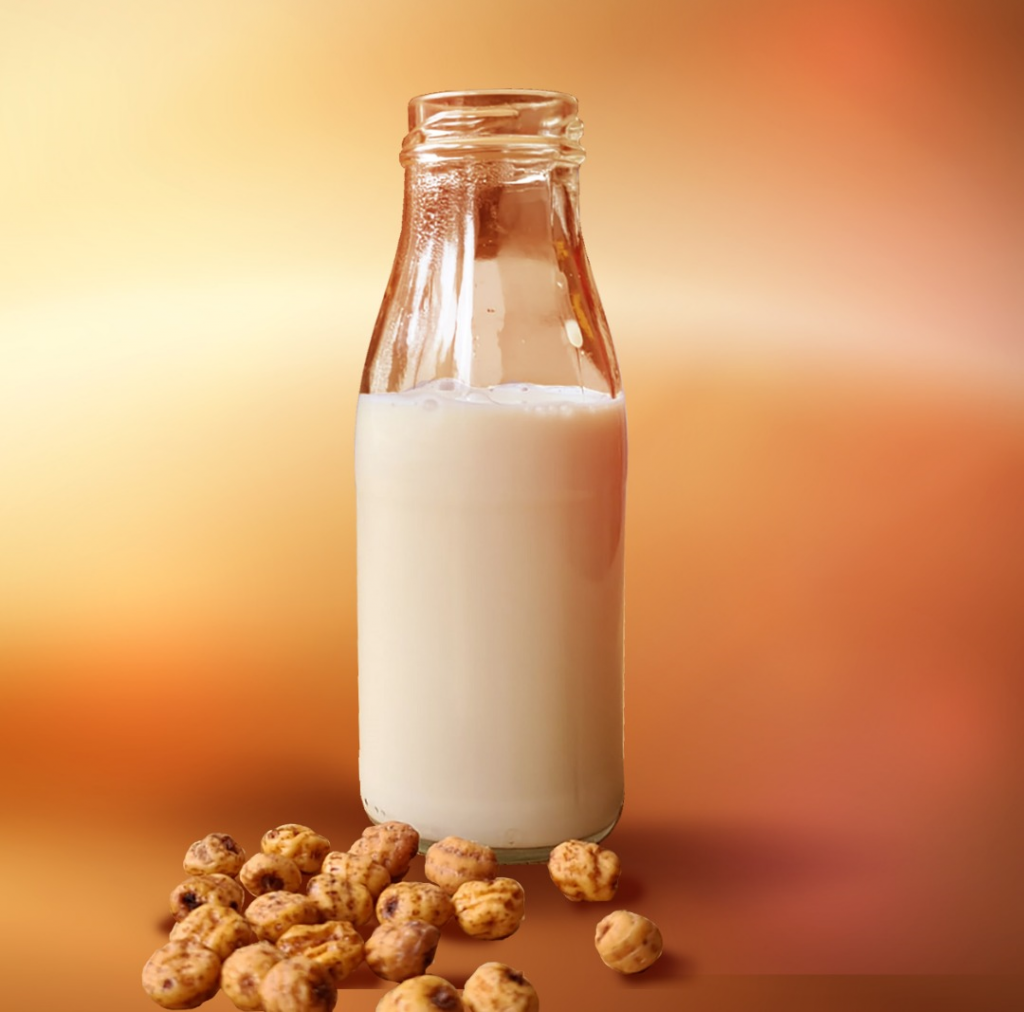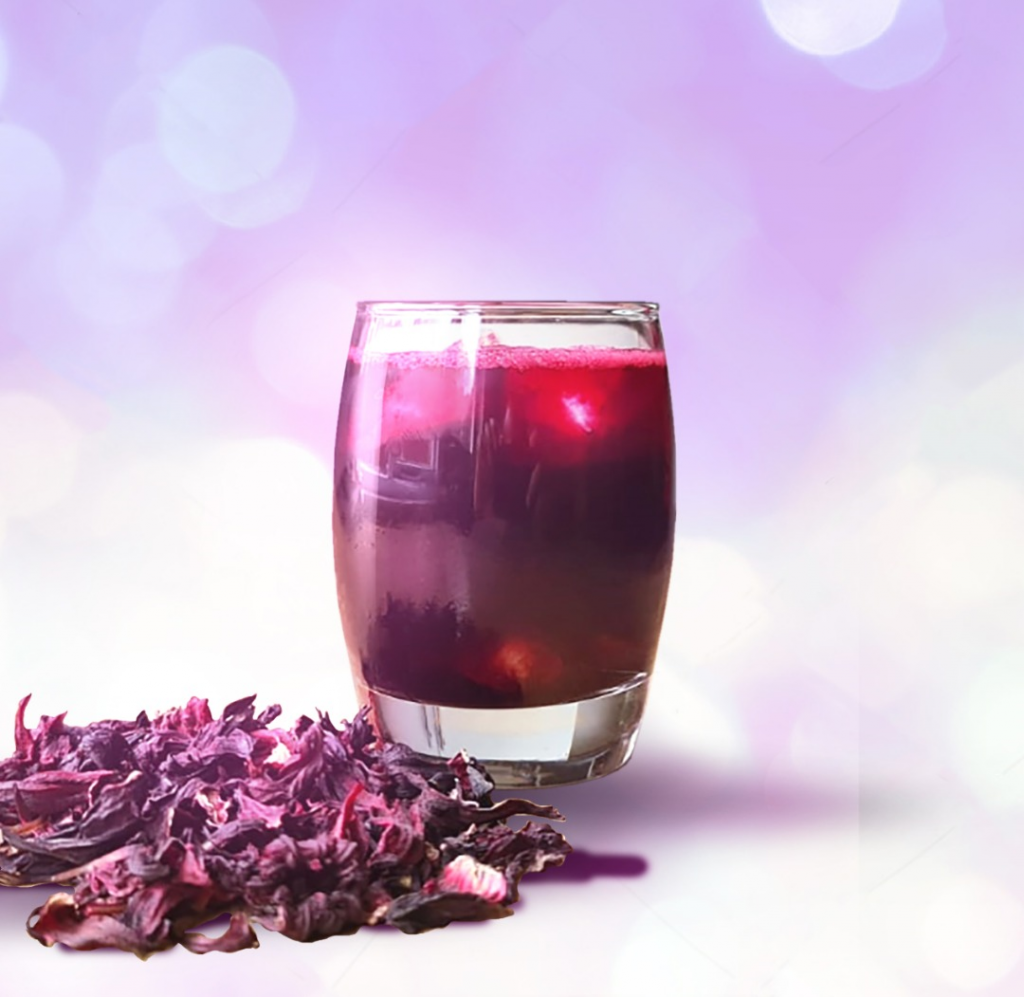Tiger nuts, also known as chufa, yellow nutsedge or earth almonds, are not actually nuts, but rather edible tubers. It has a chewy texture and a similar sweet nutty flavour like coconut.
In Spain, where tiger nuts are known as ‘chufa’ and are grown in the Valencia region, they are used to make the popular drink, Horchata.
After the Second World War they were a popular treat for children, who would buy them by the quarter from the local sweet shop.
Now tiger nuts are making a comeback – as a so-called SUPERFOOD.
They can be served raw or ground into flour for baking or its juice extracted as plant milk from tiger nuts.
Tiger nuts were one of the first plants cultivated in Egypt and traditionally used as both food and medicine.
They are rich in a variety of nutrients and have been linked to several health benefits — ranging from better digestion to a reduced risk of heart disease, High in iron, potassium, magnesium and Vitamins C and E.
According to an article by daily mail UK, tiger nut is considered as a superfood, especially with their nutrient profile almost mirroring that of human breast milk, also, the fact that they are gluten-free and nut-free makes them a wonderful alternative and a healthy choice.
Tiger nuts are also said to act as a mild appetite suppressant because they contain resistant starch, a type of starch which resists digestion. This helps keep us feeling fuller for longer and, reduces the level of calories we absorb from the food. Resistant starch is also a prebiotic, which helps our bodies to naturally develop probiotic (friendly) bacteria ensuring a strong immune system.
The flour can be used in most baking and smoothie recipes, adding a sweet and nutty flavour. It is gluten-free, nut-free, and dairy-free. You can use it for cookies, brownies, cakes and even pizza dough.’
Tiger nuts can rightly be regarded as the world’s first superfood, as they were what our ancient ancestors used to eat, in Africa.

Here are 6 emerging health benefits of tiger nuts.
1. Rich in Nutrients
Tiger nuts contain a variety of nutrients and beneficial plant compounds.
Their specific nutrient content depends on the type. There are three main varieties of tiger nuts: black, brown and yellow.
Tiger nuts are also a rich source of antioxidants, which are beneficial compounds that protect your body against aging and diseases like cancer and heart disease. Research shows that germinating tiger nuts prior to eating has an increased content of antioxidant. That said, tiger nuts also contain anti-nutrients such as phytates, oxalates, saponins and tannins, which can reduce nutrient absorption in your gut. Germinating or roasting the tubers prior to eating reduces their antinutrient levels, making it easier for your body to absorb and use the many nutrients they contain. Tiger nuts are tubers rich in fibre, vitamins, minerals, and other beneficial plant compounds.
2. May Improve Digestion
Tiger nuts may promote a healthy digestion in various ways. Tiger nuts are also presumed to contain resistant starch, a type of fibre that can feed the friendly bacteria in your gut, helping your digestion run smoothly. They are high in insoluble fibre, which passes through your gut without being digested. Insoluble fibre adds bulk to your stools and helps food move through your gut easily, reducing the likelihood of constipation. Tiger nuts may contain enzymes, such as catalases, lipases and amylases, which help break down foods in your gut, relieving gas, indigestion and diarrhoea.
3. May Reduce Blood Sugar Levels
Tiger nuts may help keep in check one’s blood sugar level. Studies show that tiger nut extract may help reduce blood sugar levels. This may, in large part, be due to the high fibre content of the tubers which may slow down the absorption of sugar in the gut. They are also rich in the amino acid arginine, which may increase insulin production and sensitivity, both of which are important for blood sugar control. Moreover, test-tube studies show that tiger nut extract may inhibit the action of carb-digesting enzymes in your gut. As a result, less sugar may be absorbed from your gut in a way similar to the action of some blood-sugar-lowering diabetic medications. This is thought to potentially lower blood sugar levels, though more research in humans is needed.Top of Form
Bottom of Form
4. May Improve Heart Health
Tiger nuts may also be good for the health of your heart. This is partly because of the high amount of monosaturated fats they contain, which give them a fat profile similar to that of heart-healthy olive oil. Diets rich in monounsaturated fats are linked to lower levels of “bad” LDL cholesterol and higher levels of “good” HDL cholesterol. They are also associated with a lower risk of heart attack, stroke and death from heart disease. In addition, tiger nuts are rich in the amino acid arginine which can promote heart health because your body can use it to make nitric acid, a compound that helps arteries and veins dilate, hence lowering blood pressure. Research also links tiger nuts to better blood circulation and a lower likelihood of blood clots — both of which can reduce your risk of heart disease.
5. May Boost Your Immune System and Help Fight Infections
Tiger nuts may contribute to a stronger immune system. In one test-tube study, tiger nut extracts were tested against several types of bacteria that can infect humans. The extract was effective against E.coli, Staphylococcus and Salmonella bacteria. Another cell study found similar results. The researchers added that tiger nut extracts might also be effective at fighting antibiotic-resistant bacterial infections. It may therefore contribute to a stronger immune system by fighting infections. However, more studies are needed before strong conclusions can be drawn.
6. May Act as an Aphrodisiac
Tiger nuts have a history of being used to boost libido. They are used as aphrodisiacs in Ayurvedic medicine. In addition, men in Nigeria, Ghana and Africa in general have used tiger nuts for generations to treat erectile dysfunction, increase sperm count and boost libido. That said, few studies have investigated these supposed aphrodisiac properties. One mouse study showed that tiger nuts helped preserve testicular weight and sperm production following heavy metal poisoning. In a rat study, eating large amounts of tiger nuts for 30 days increased testosterone levels, boosted sexual activity and reduced intromission time between mating sessions. However, there are no studies on using tiger nuts as an aphrodisiac in humans, so more research is needed before any conclusions can be made.
How to Add Them to Your Diet
Tiger nuts are very versatile and can be added to your diet in a variety of ways; They can be eaten raw or roasted and tend to be softer and easier to chew when they have been soaked or boiled in water. They make for a tasty snack but can also be used as toppings for a variety of dishes, such as breakfast cereal, smoothies, salads and yogurts. Additionally, tiger nuts can be mixed in with nuts and dried fruit for an alternative take on trail mix. They may also be ground and used in bread or other baked goods. Ground tiger nuts are a great gluten-free replacement for flour or binder in veggie burgers. In Spain, tiger nuts are used to make a popular plant milk known as horchata de chufa. They can also be turned into dairy-free yogurts and ice cream.
Source: https://www.dailymail.co.uk
Source: www.healthline.com

